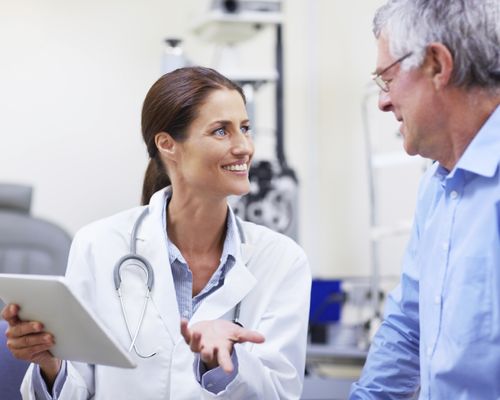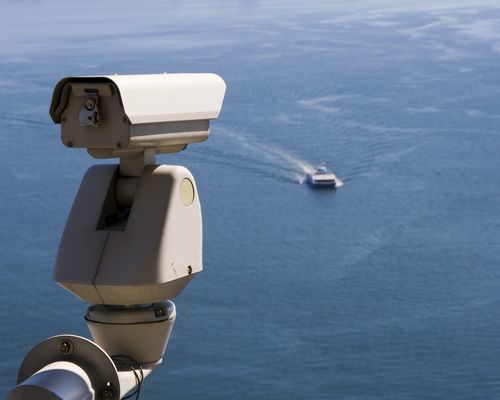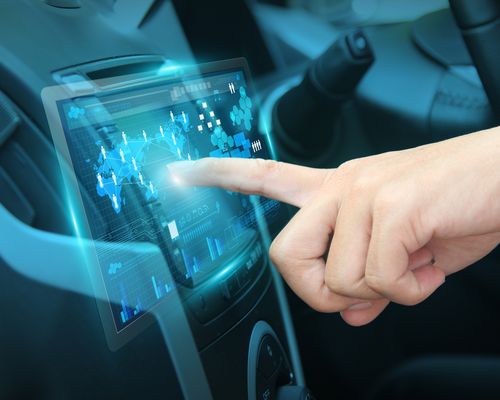AI applications in ITEA lead to better care, traffic flow and safety
Since several years, many ITEA projects apply AI technologies to solve challenges defined by (business) needs. And with success! Discover the four AI success stories from Sound Intelligence, Technolotion, ViNotion and Noldus Information Technology
ITEA MoSHCA project with Sound Intelligence leads to better and more efficient (night) care

Sound Intelligence is a software company that detects and recognises patient sounds using smart algorithms. Thanks to this third-generation technology, healthcare professionals can quickly and efficiently help the patient without disturbing the patient in his / her night's sleep. It provides faster detection for essential sounds for the healthcare professional and reduces the professional's workload. Within the MoSHCA project, Sound Intelligence has conducted research into the detection of epileptic seizures, and has gained more in-depth knowledge of deep learning technology and the challenges that it entails when applying it to sound. Shortly after this investigation, Sound Intelligence was able to connect its first customer which is the largest provider of somatic care in the Netherlands. Together with project partner CLB, Sound Intelligence was able to successfully serve this customer using its deep learning algorithms. At present, this form of third-generation acoustic monitoring, as part of the CLB care solution, is becoming the norm in the Netherlands.
https://itea3.org/project/moshca.htmlITEA Artificial Intelligence project involving Technolution directly leads to assignments

For the ITEA project APPSTACLE, the software innovation company Technolution used Artificial Intelligence to develop digital system integration solutions that, for example, promote the flow of traffic in a city, to prevent traffic jams. The APPSTACLE consortium, consisting of 21 companies and universities from 4 countries, developed a digital platform with which cars can communicate with each other via the cloud. This benefits the safety of both the driver and its passengers. The project provided so much knowledge during its course that Technolution was able to convert this directly into an assignment for the Dutch government. Other Dutch partners involved in this project were NXP, Security matters and TU Eindhoven.
https://itea3.org/project/appstacle.htmlITEA Artificial Intelligence project leads to increased safety on the water and on the road

ViNotion, a software company from Eindhoven specialised in intelligent image analysis was one of the project partners in the international ITEA APPS project consortium. The consortium consisted of 11 participants including Eindhoven University of Technology, Thales, Siqura, GMT and Aselsan. The project realised innovative solutions for supporting the traffic monitoring of ships, using Artificial Intelligence equipped cameras and microphones, in addition to existing radar-based solutions. Thanks to this solution, the location, speed and direction of a ship now can be determined at a much earlier stage, preventing collisions, allowing more ship movements in a port and increasing general traffic safety on the water. For ViNotion, the knowledge gained in this project yields a lot; in addition to an application for Rijkswaterstaat to measure shipping on inland waterways, the technology has been applied for the measurement of road traffic and large crowds. Through these measurements, the flow and safety on roads and in city centres is improved and enables the simultaneous measurement of multiple modes of road traffic (pedestrians, cyclists, cars) in multiple directions.
https://itea3.org/project/apps.htmlITEA eWatch project leads to better decision support for home care

Noldus Information Technology, partner in the ITEA project eWatch is a Dutch SME that develops portable measurement systems for behavioral scientists. In eWatch they have created and trained an algorithm to detect and recognise physical objects commonly present in a person’s home, such as a TV, bed, table and kitchen appliances. This is done by analysing a video data stream that is generated by eye-tracker glasses that are worn at home by an elderly person or a recovering patient. The detected objects are associated with a specific area in the home, making it possible to create statistics about the person's activities. E.g. the amount of time spent in front of the TV or in bed, or the frequency of visiting specific rooms can give indications about the person's overall mobility or recovery, especially if those activities change over time. By showing these statistics on a secure web portal, the home care planning department can see and prioritise the persons whose behavioral statistics suggest that they need additional help. These algorithms are also of great value in many other application areas. For road safety, for example, it is possible to see how many road signs a driver overlooks and for commercial purposes it can be analysed in which order products are seen in a shop window. Noldus Information Technology collaborates in the eWatch project with 13 partners from 3 countries, including the TU/e, Philips and Catharina Hospital.
https://itea3.org/project/ewatch.html




